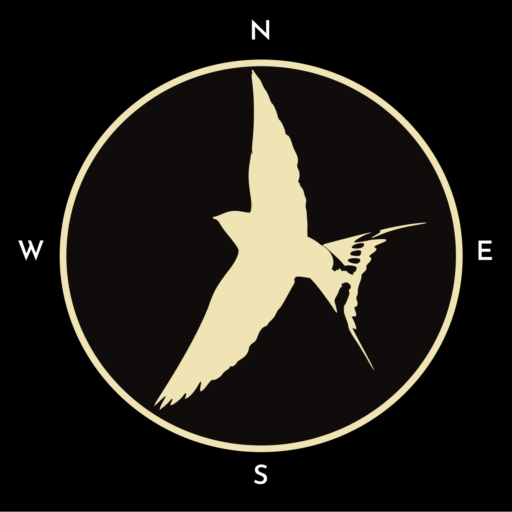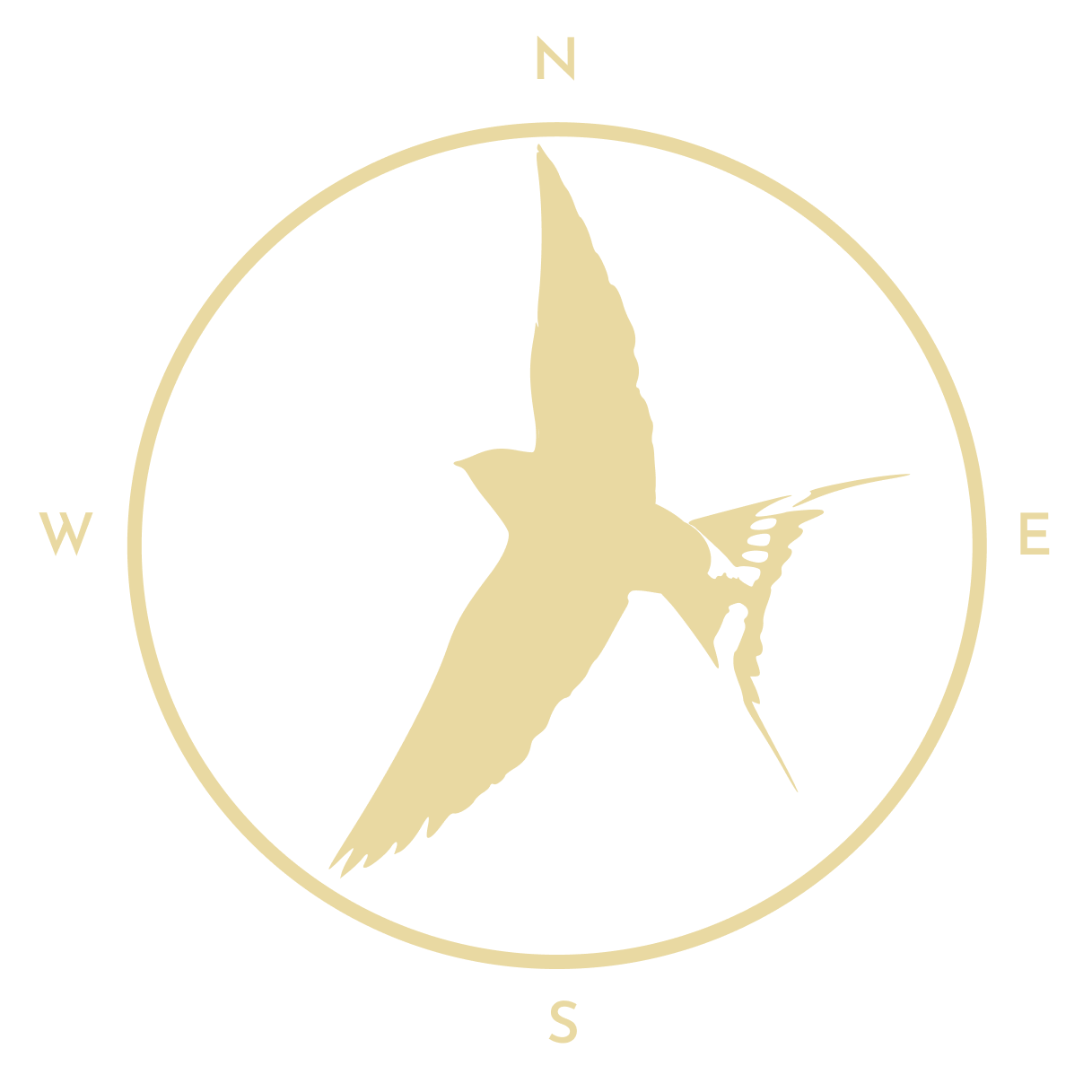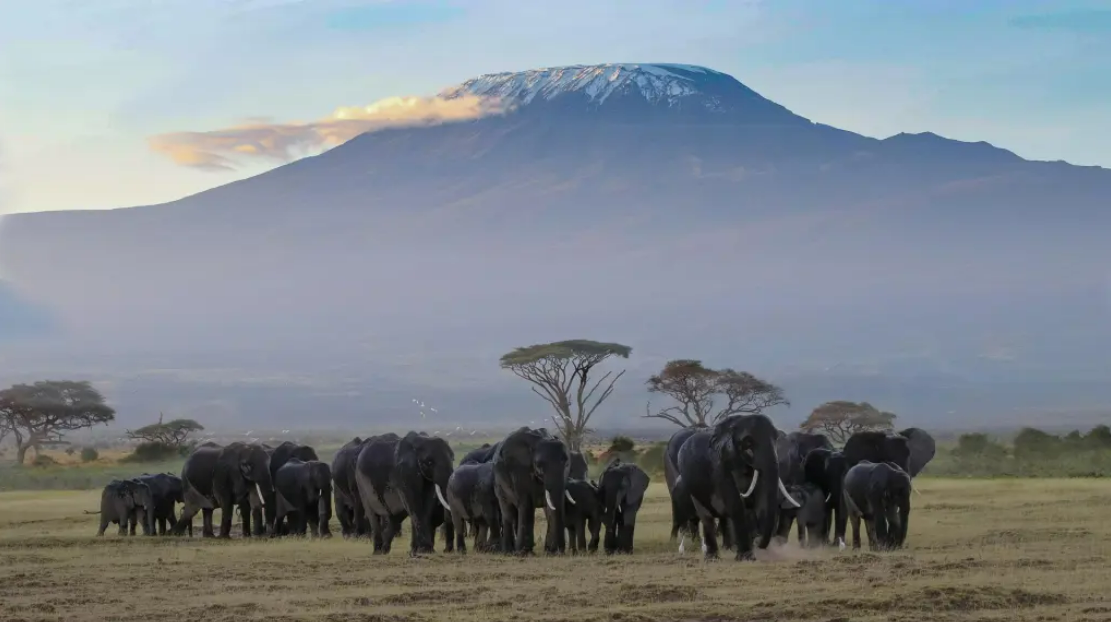Wait… what exactly is the Sierra de Andujar?
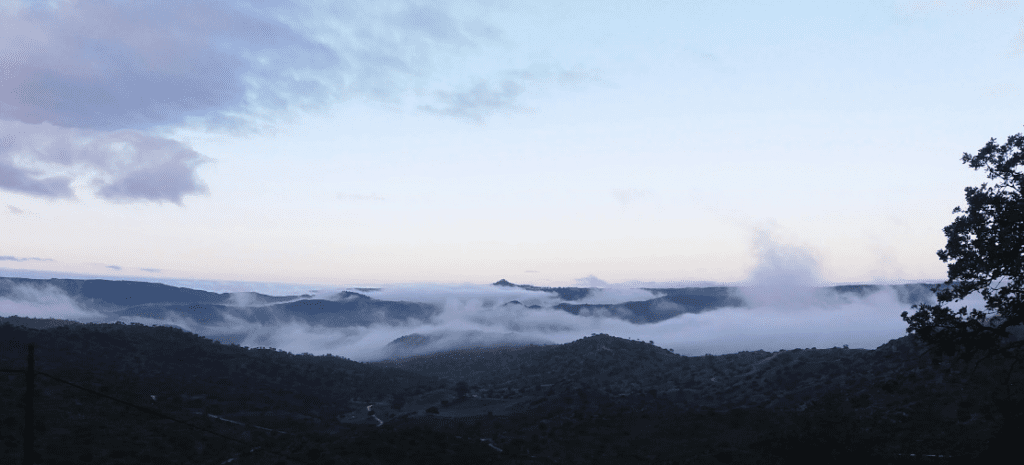

The Sierra de Andujar is a mountain range and national park located midway between Malaga and Madrid that has gained fame in wildlife tourism circles for the not impossible odds of spotting the Spanish lynx there. In fact, this is one of only two places where this feline can be seen quite reliably. Once the most endangered cat species in the world, it has made a staggering comeback through conservation efforts – its population’s nadir (word of the day) of 100 individuals was twenty years ago, and it now numbers four times that. A variety of things made this possible and, as with ecotourism the world over, lynx tourism has in recent years become a key safeguard.
Lynx spotting tips
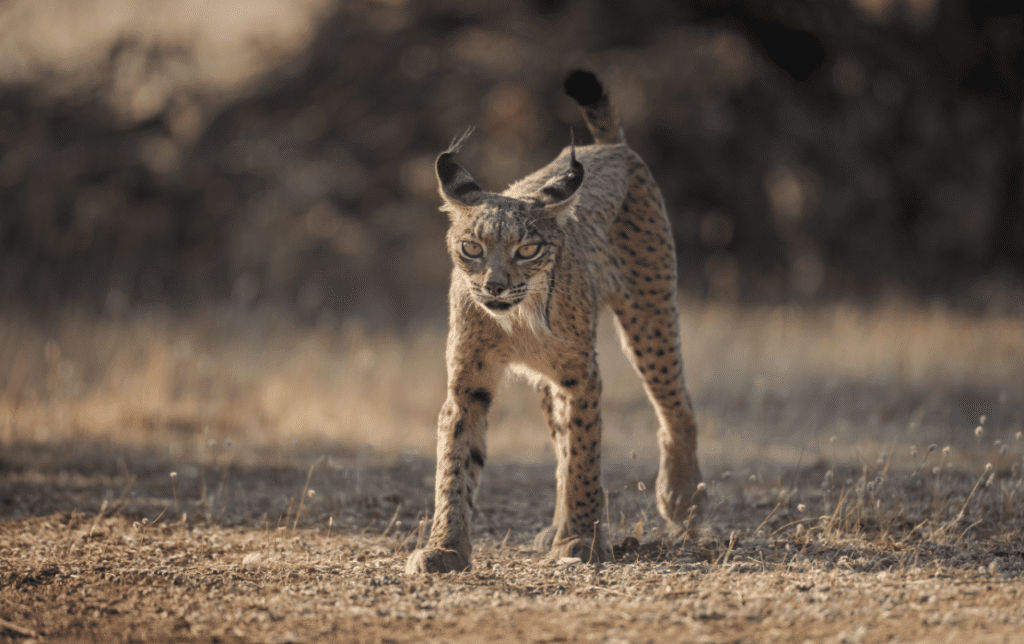

The best sites for lynx spotting are actually located just beyond the national park’s southern boundary. The road north from Andujar town leads to a fork, on which sits Los Pinos hotel. The right road leads to some of the best lynx sites, taking you through fields at first then steadily making its way into the hills. Every hundred metres or so you’ll see a sign saying “coto privado de caza” – “private hunting estate”. Of course, don’t go into these. Keep driving until the west-facing side has white concrete blocks along its length. Here there are some viewpoints, some of which are covered, and any one of these could produce a lynx passing through the valleys and fields below. Bring a good pair of binoculars since it is a wide area, and scan it over and over several times. It may also be worth moving around a bit since there are reports of a few meters making all the difference in who spotted a lynx and who did not – they’re exceptionally good at hiding. One other tip is to pay careful attention if you see crows or magpies getting agitated about something in the bushes, since this usually indicates a lynx is about.
The left fork leads to the national park itself, and just after a concrete bridge is another lynx hotspot: the Encinarejo trail. At the midway point of this trail, also demarcated by white concrete blocks, lynx sometimes prowl the opposite river bank.
Both are best done in the mornings and evenings, and the best months are January and February when the lynx’s mating season turbocharges their activity. The only month that really won’t be worth your while is March, when the lynx are rearing cubs in their dens and the flurry of the mating season has passed.
What else is there to see there?
The unique landscape will probably be the first thing you notice. The mesa, as it is known, is quite unlike other parts of Europe, with green rolling hills covered in boulders and gnarly trees that have been rather indecisive about which direction to grow in over their lifetime. Some of these boulders were hollowed-out way back when as makeshift troughs for the bulls, the famous black beauties of the country, grazing in the fields. Understandably they look quite a bit happier here than in a bullring.
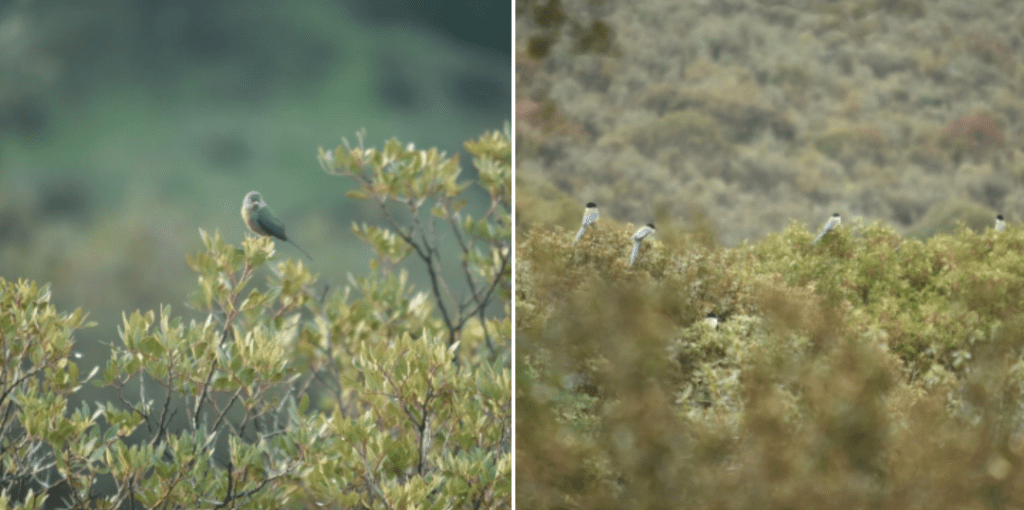

As would be expected with all the hunting estates, most of the wildlife you’ll see are game animals. Huge deer herds and magnificent looking stags graze in the valleys and forests, and partridges scuttle along the road or sit atop boulders in the morning sun. The lynx’s favourite food, rabbits, can also be seen scampering about the fields, every wary.
Azure-winged magpies are a more local speciality and the only non-game species amongst the animals one is practically guaranteed to see here. There are also often small birds such as finches and warblers to be found in the bushes along the roadside. Every now and then one should pop up that isn’t normally to be found in Britain – rock buntings are one such speciality.
More interesting animals can sometimes be found near the lynx sites. Boar are a less frequently seen game animal that inhabit the same areas as deer, and chances are you’ll eat one before you see one (assuming you’re not a vegetarian, of course). The cliffs surrounding the dam are sometimes scaled by ibex and mouflon. Raptors such as the Spanish imperial eagle can often be seen passing over the valleys or perched in the trees.
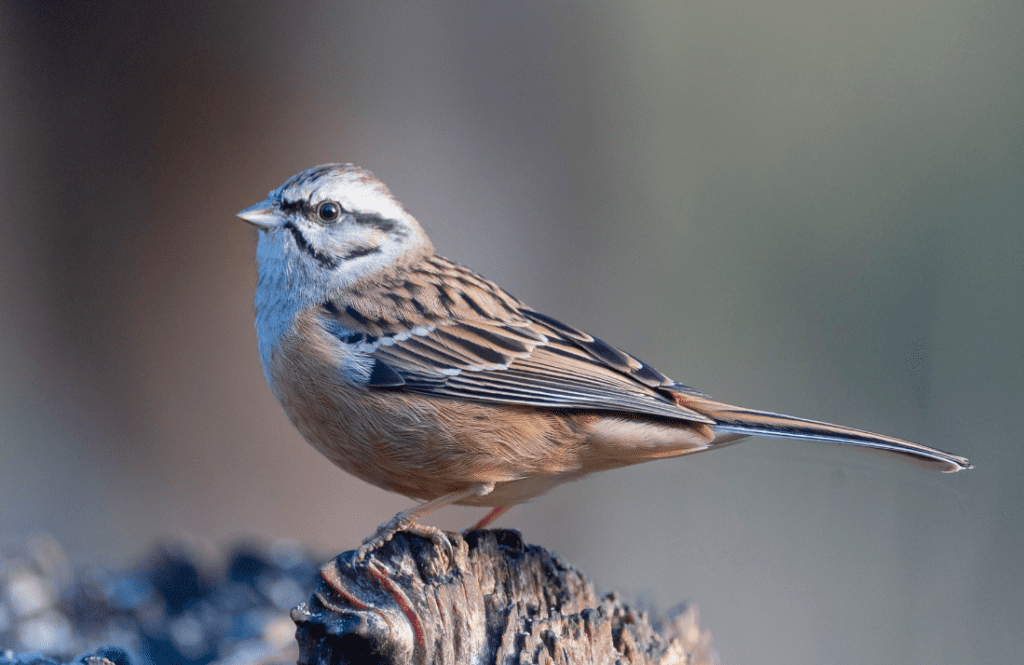

Where can I stay on the cheap?
A lot of that will depend on how much you value price and efficiency. Unfortunately, there are no hostel options and only one campsite, located on the grounds of Hotel La Mirada.
Many people tout Los Pinos as the be-all-and-end-all option with its decent restaurant and perfect location, and their prices are fairly reasonable for the area. The only way to book either option is to contact them directly, and those who’ve done it say patience and maybe a reminder email or two is required. A decent alternative to Los Pinos is Villa Matilde, a guesthouse located further along the road to the dam. Other, cheaper, options exist in Andujar town, and Virgen de la Cabeza, a village and pilgrimage site in the park itself. Both are an hour’s drive away from the lynx sites.
Where can I eat?
If you’re in Andujar town there’s all the usual Spanish fare and a bunch of supermarkets in which to stock up. Most of the hotels will have restaurants serving up tasty local meals, including venison, and countryside houses should be able to make some homemade stuff – just be sure to order in advance. You can also expect the usual side of bread and olives with anything you order, though unlike restaurants in the cities they won’t charge you extra for them.
How do I get around?
There are a few day tours here, but they are a far more expensive option than hiring a car. However, they are the only way of getting into the estates themselves and (potentially) close enough to a lynx to get decent shots, if that’s what you’re after. The roads to the sites, while unpaved, are passable in a sedan (every tourist we met there was driving one) but you’ll need to take them exceptionally slowly due to the potholes. At some points, the car may sway enough to induce seasickness.
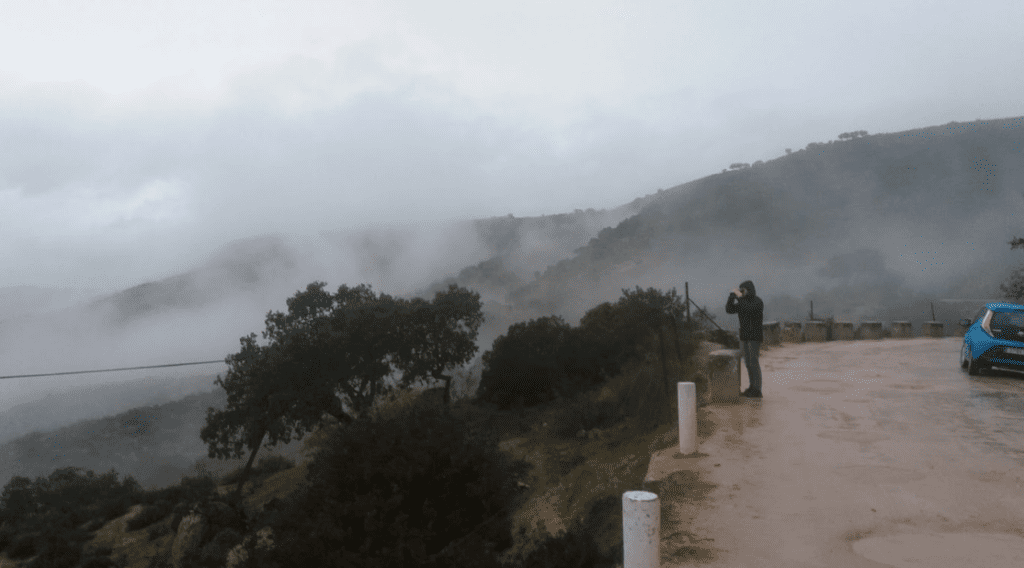

Bringing a bike along for the weekend is not actually a bad idea, given that you can zip between the potholes and often outrun the cars on account of them, but be sure to take plenty of water as the road from Andujar is mainly uphill. You could ask bike shops in the town if they’re willing to rent theirs out, but other than that there’s no official hiring point, meaning you’ll have to navigate taking it on the buses or trains – and both seem to be a bit ad hoc about whether they’ll allow bikes on or not.
How much does it all cost?
- Hotel rates are around 38 for a single and 60 for a double.
- A plate of venison or pork and chips is 6, and a menu of the day will usually be under 10. Drinks are usually around 1-2 for coffees or beers – and believe me, if you order the salty venison you’ll want a sizeable glass of water to go with it!
- There’s no entry fee to enter the park, or to drive along the road.
- Me and my friend, with two days of driving around Andujar and the journey to and from Malaga, spent 54 on fuel in total. Car hire is generally very cheap, so didn’t work out too much (even with that dastardly youth surcharge).
Shaun’s experience
Me and a mate took a gamble on the lynx hunt by making it a quick weekend trip. Sadly, it failed. With most of our search time blighted by a storm that buggered off come the last morning of our trip, our odds of spotting Mr Fluffers, as my friend titled them, were slimmed and luck did not take our side.
Oh well. One needs a few failures to make the successes feel good. There were a fair few highlights that weekend, though. The sight of a wild boar was a definite highlight. I had seen some in Sri Lanka beforehand but this one looked like it could tear one in half – despite the menacing appearance it scarpered when we hadn’t been but a half-minute stopped, evidently drawing up the connection between a stopped car and getting shot. As we were out in the Spanish sticks I got to practise my language skills too, a far cry from the touristic lands of Costa del Sol just a couple hours away. That said, there were a fair few tourists there for the lynx, both foreign and Spanish – the area’s obviously garnered quite a bit of fame.

